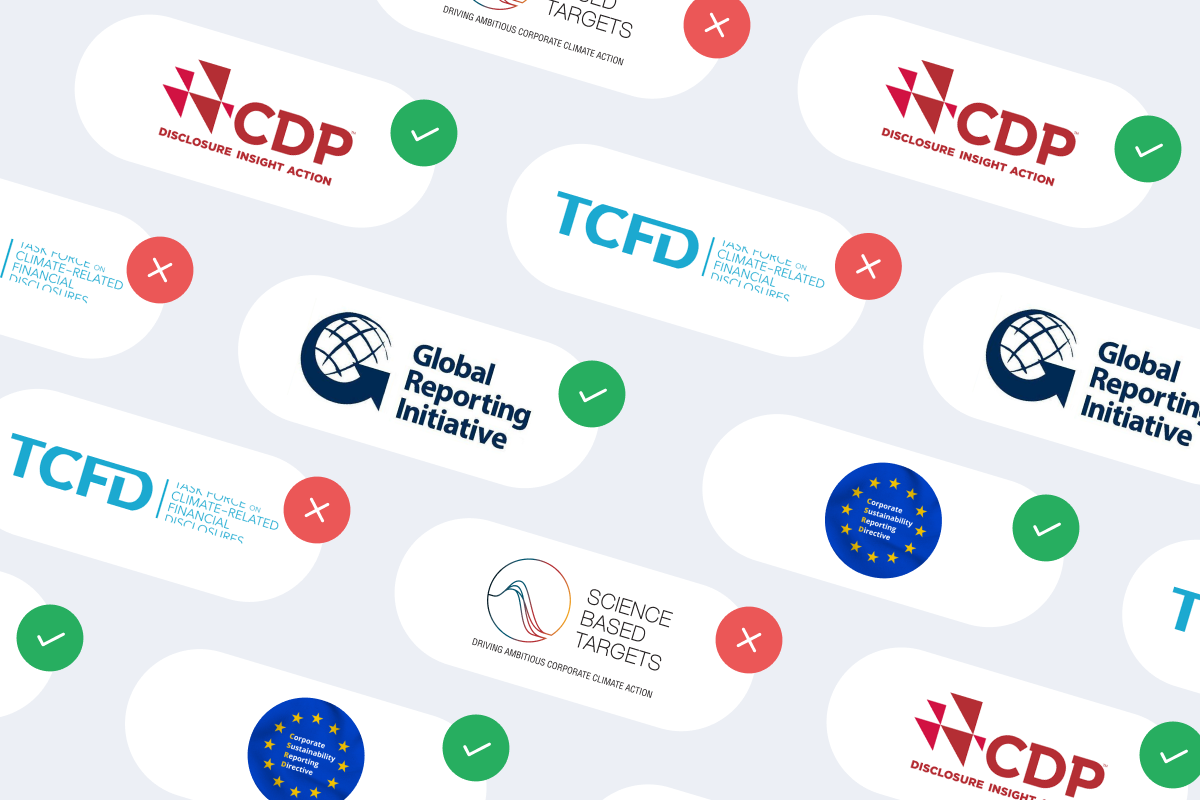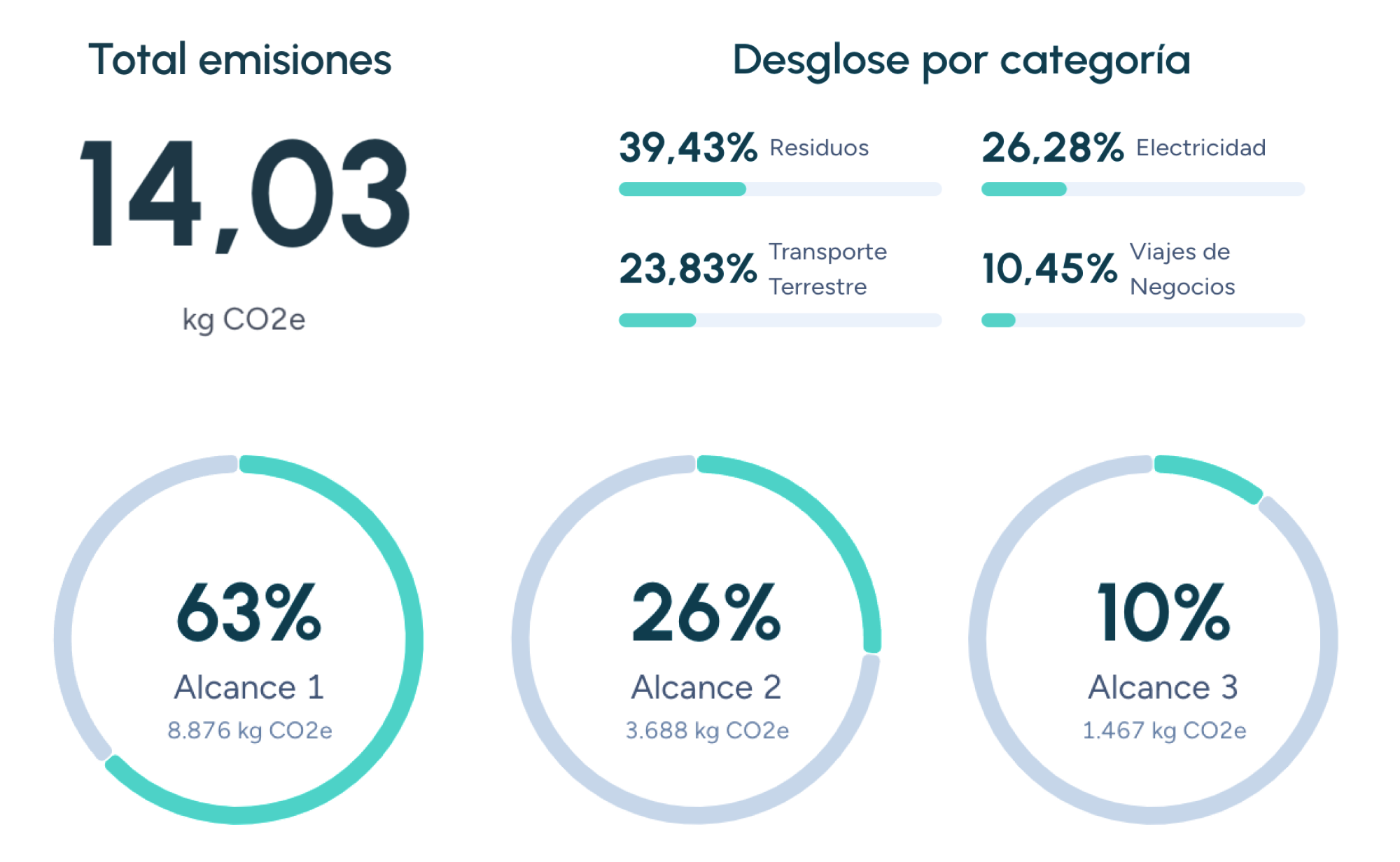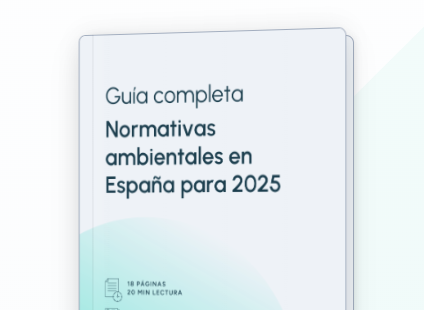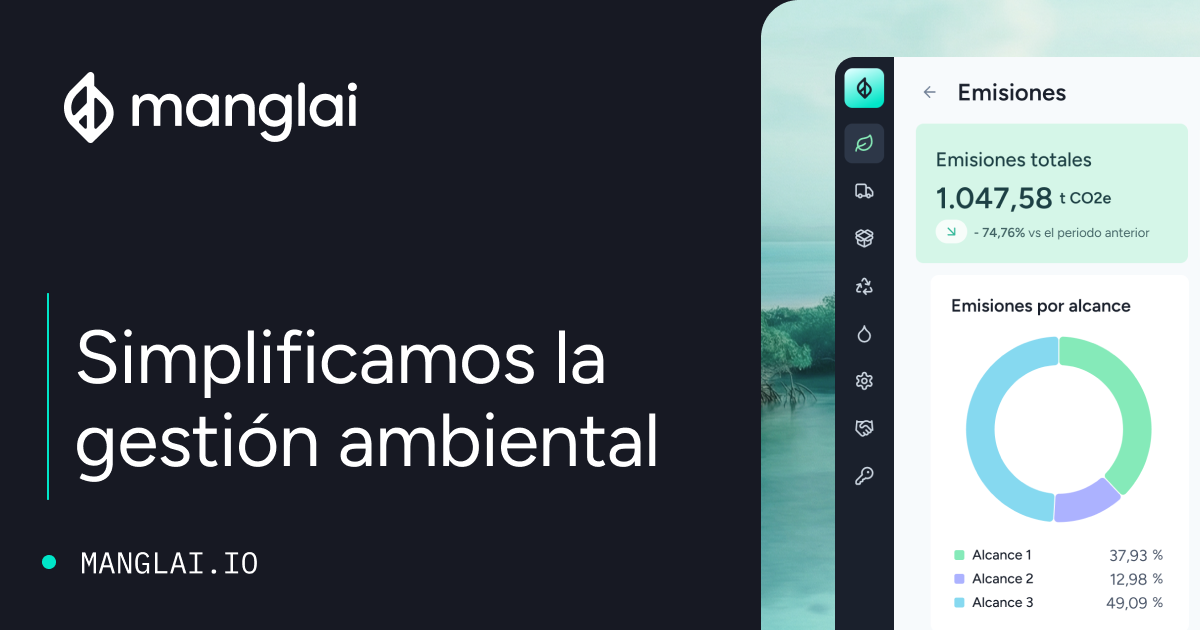S
SFDR (Sustainable Finance Disclosure Regulation)
The Sustainable Finance Disclosure Regulation (SFDR) is a key European Union regulation designed to enhance transparency in the financial market regarding sustainability. Implemented in March 2021, this regulation aims to provide clear and comparable information on how financial institutions integrate environmental, social, and governance (ESG) factors into their investment decisions.
In the context of carbon footprint measurement, SFDR plays a crucial role by encouraging companies and investors to evaluate and reduce their environmental impact, thereby promoting the transition to a low-carbon economy.
What is SFDR?
The SFDR was introduced by the European Union as part of its Sustainable Finance Action Plan. Its goal is to ensure that investors and stakeholders have access to reliable and standardized information on the sustainability of financial products, including how financial institutions manage climate-related risks and other ESG factors.
The regulation introduces two main levels of disclosure:
- Entity-level disclosure: Companies must report how they integrate sustainability risks into their decision-making processes.
- Product-level disclosure: Financial products must specify how they contribute to specific sustainability objectives, such as carbon emission reduction.
Key objectives of SFDR
The SFDR has several core objectives that aim to transform the financial market into a more sustainable model:
1. Increasing transparency
One of SFDR’s main objectives is to ensure that investors have access to clear and comparable information on sustainability-related risks and opportunities. This enables informed decision-making and aligns investments with global climate goals.
2. Combating greenwashing
Greenwashing occurs when companies overstate or falsify their environmental credentials. SFDR seeks to combat this by requiring detailed and verifiable disclosures, thereby increasing market trust.
3. Driving the transition to a low-carbon economy
By prioritizing sustainability in financial decisions, SFDR encourages companies to adopt more responsible practices, including the measurement and reduction of their carbon footprint.
SFDR’s impact on carbon footprint measurement
SFDR directly influences how companies and investors approach carbon footprint measurement. Accurate GHG emissions reporting is essential for meeting the regulation’s sustainability requirements.
1. The importance of measuring emissions across all scopes
SFDR requires financial institutions to consider climate risks in their investment decisions. To do this, it is essential to measure carbon emissions across the three scopes defined by the GHG Protocol:
- Scope 1 emissions: Direct emissions from sources controlled by the company.
- Scope 2 emissions: Indirect emissions from purchased electricity, heating, or cooling.
- Scope 3 emissions: Indirect emissions across the entire value chain, including suppliers and transportation.
2. Impact analysis and decarbonization scenarios
Beyond measuring emissions, SFDR promotes the development of decarbonization strategies. This includes defining customized scenarios that align business activities with climate targets, such as those set in the Paris Agreement.
3. Auditable reports and certifications
To comply with SFDR, companies must provide detailed and auditable reports on their emissions and sustainability strategies. This reinforces the need for precise data and advanced analytics tools that generate customized reports aligned with international standards like the GHG Protocol.
The role of technology in SFDR compliance
SFDR compliance can be challenging, especially for companies lacking advanced data collection and analysis systems. However, technology plays a critical role in simplifying measurement, analysis, and disclosure.
1. Artificial intelligence for data management
AI-powered systems can efficiently classify and analyze large volumes of sustainability data.
2. Interactive and customizable dashboards
Visual dashboards enable companies to clearly track and interpret their sustainability data. This not only facilitates SFDR compliance but also helps identify areas for improvement and communicate progress to stakeholders.
3. Data integration
Integrating data from platforms such as ERPs, fleet management systems, and HR tools is essential for obtaining a comprehensive view of a company’s carbon footprint.
Manglai and SFDR compliance
SFDR represents a significant step toward a more transparent and sustainable financial market. By requiring detailed sustainability disclosures, this regulation pushes companies to measure and reduce their carbon footprint, contributing to the fight against climate change.
To comply with SFDR requirements, companies need advanced tools that simplify measurement, analysis, and reporting. Solutions like those offered by Manglai not only help companies meet regulatory obligations but also enable them to develop more effective sustainability strategies aligned with global climate objectives.
Companies that trust us

AWARE (Available Water Remaining)
AWARE is a Life Cycle Assessment (LCA) characterisation method that weights the impact of water consumption according to the residual water availability in the local basin.
B Corp Certification
B Corp Certification is a global standard that validates companies for their commitment to sustainability and social responsibility, promoting practices that reduce carbon footprints and create a positive impact on society and the environment.
CBAM: EU Carbon Border Adjustment Mechanism
Analyse how the EU taxes imports according to their carbon footprint, the sectors affected, and the steps companies must take to prepare for 2026.
Guiding businesses towards net-zero emissions through AI-driven solutions.
© 2025 Manglai. All rights reserved
Política de Privacidad


